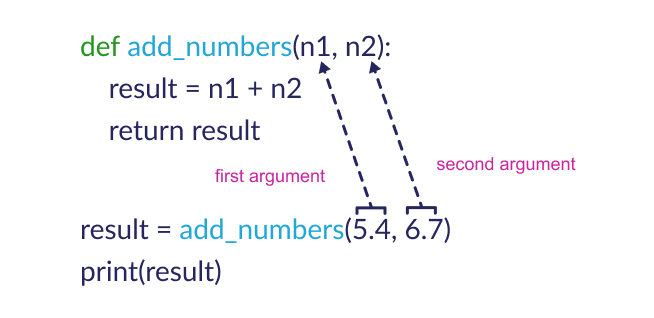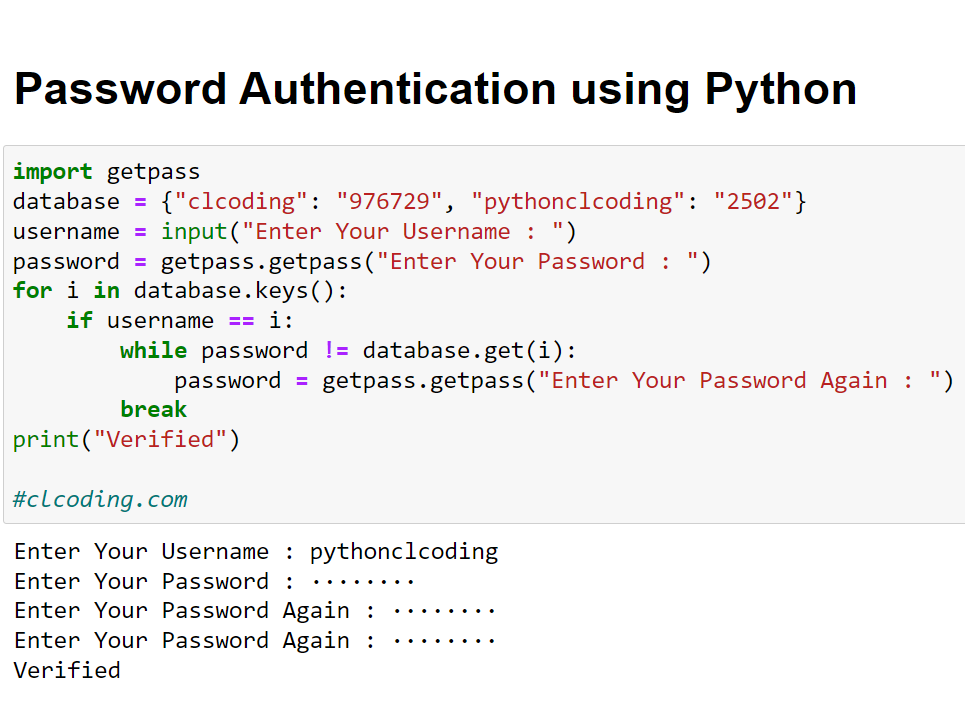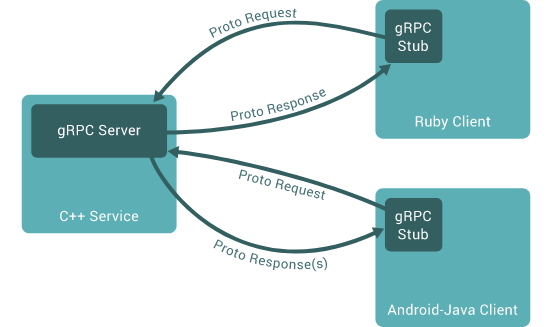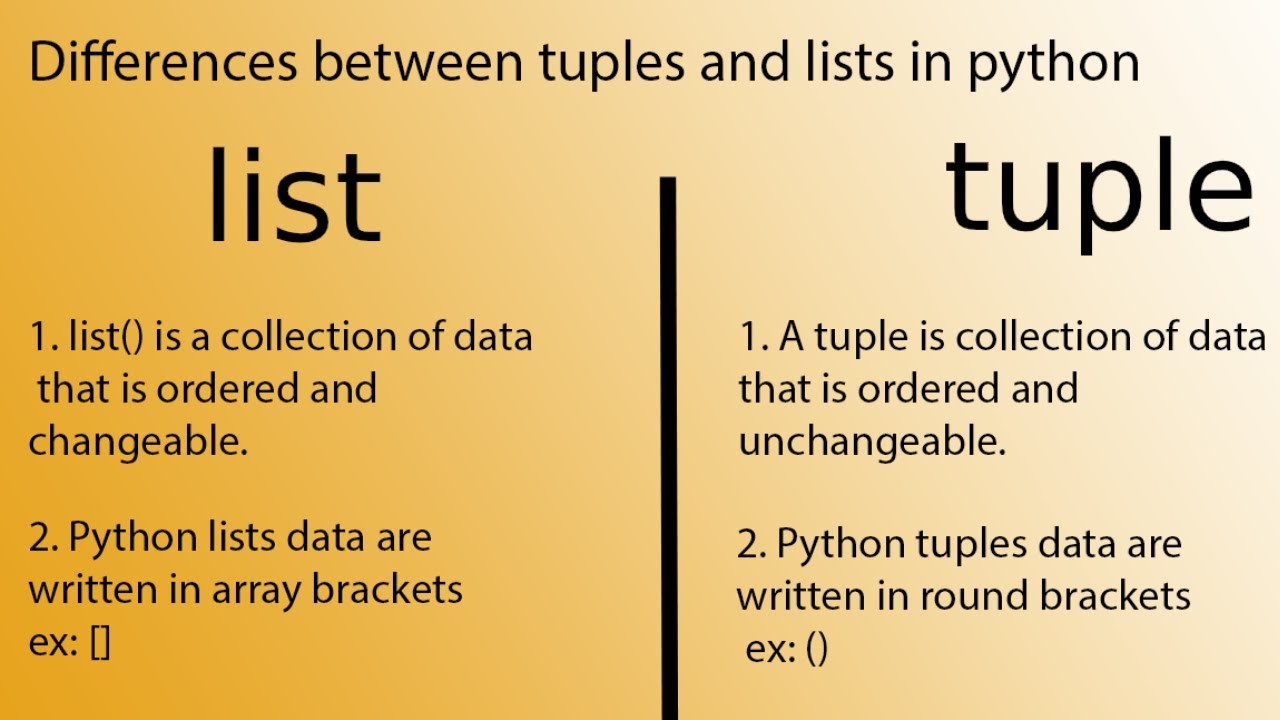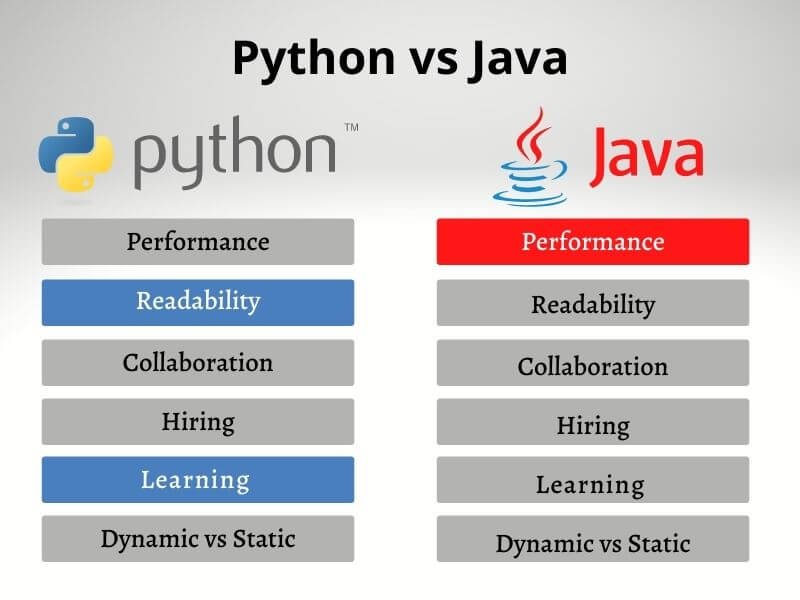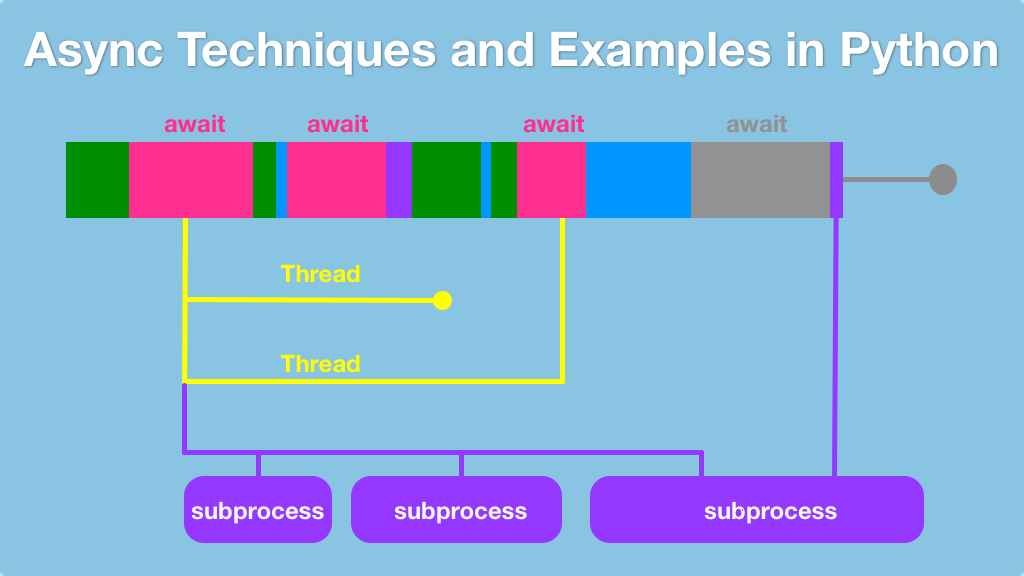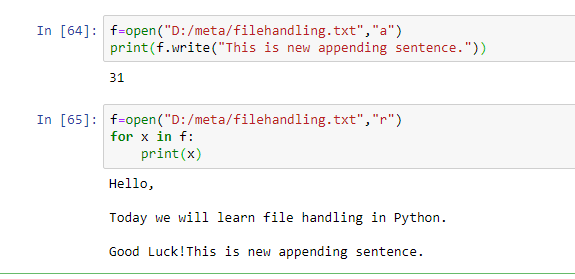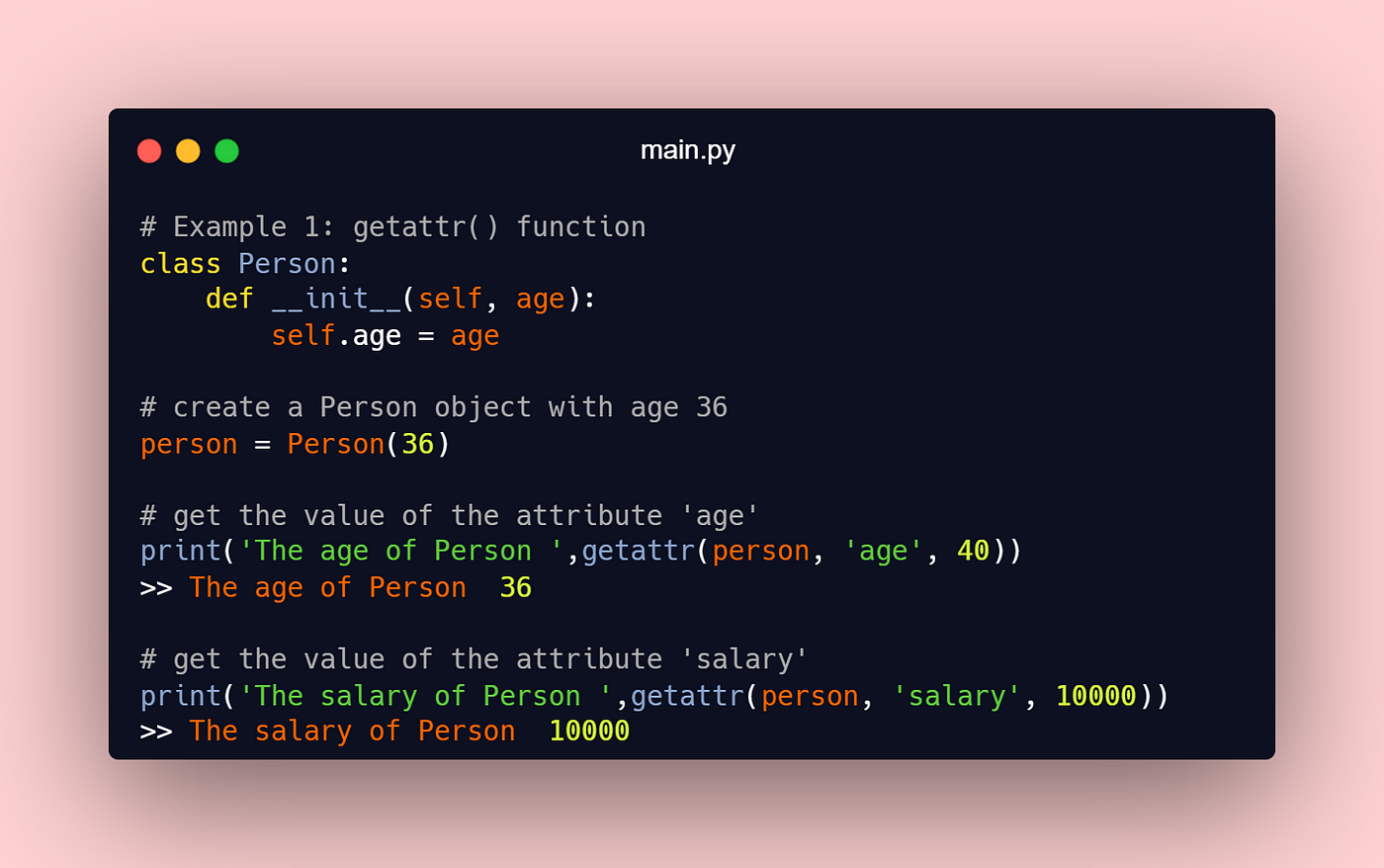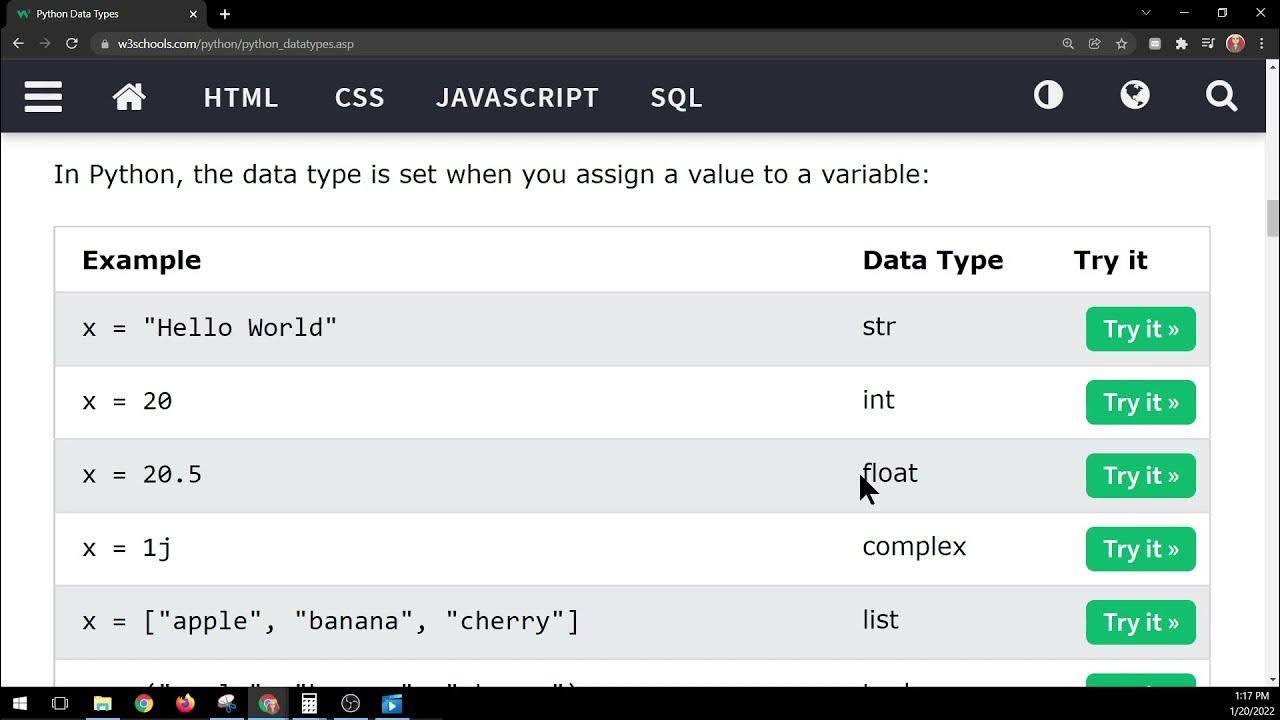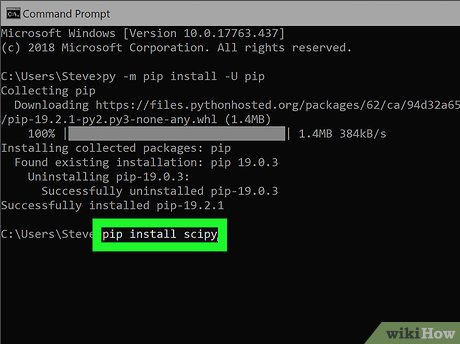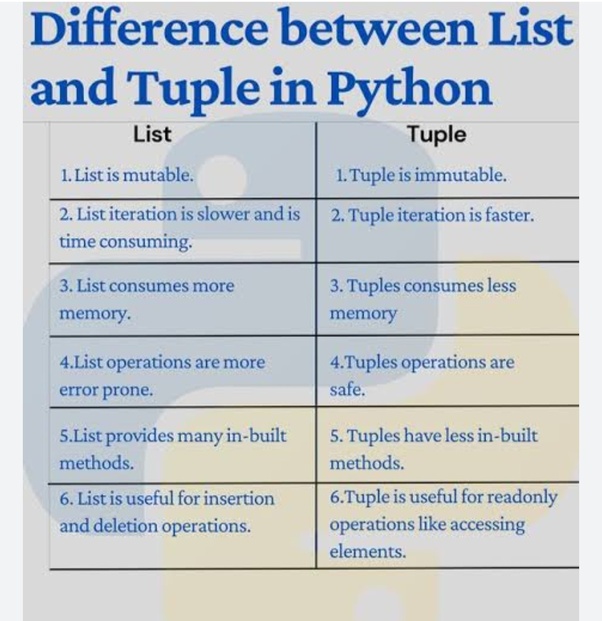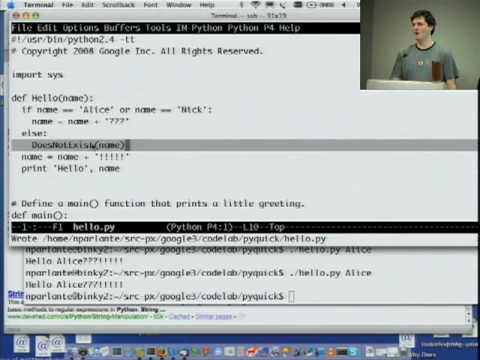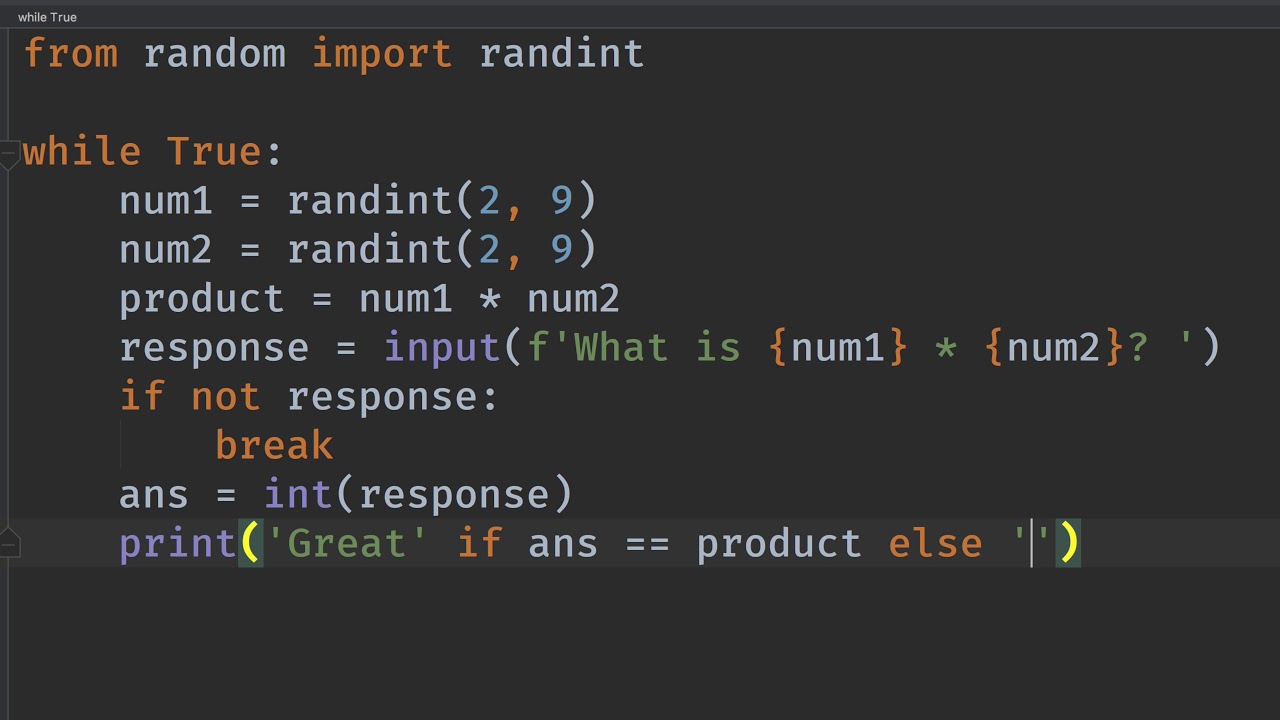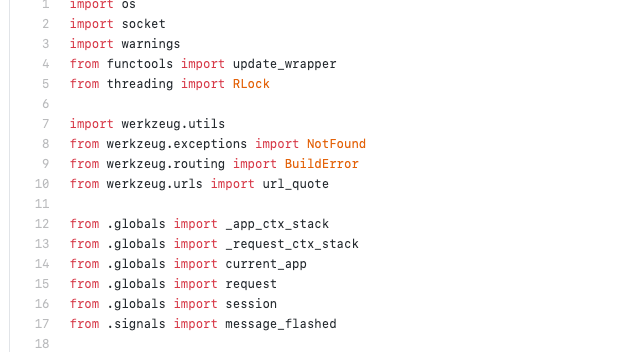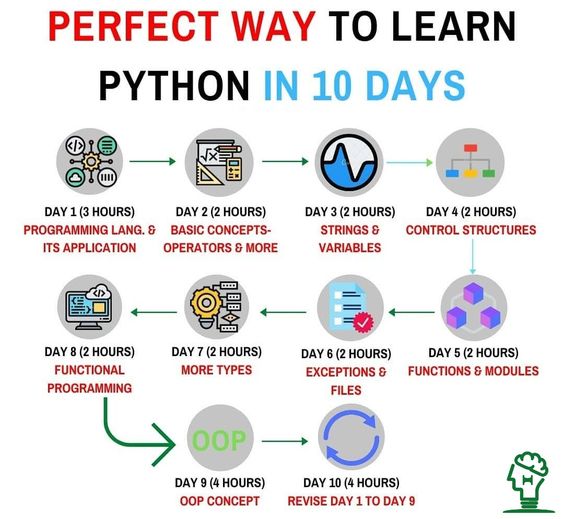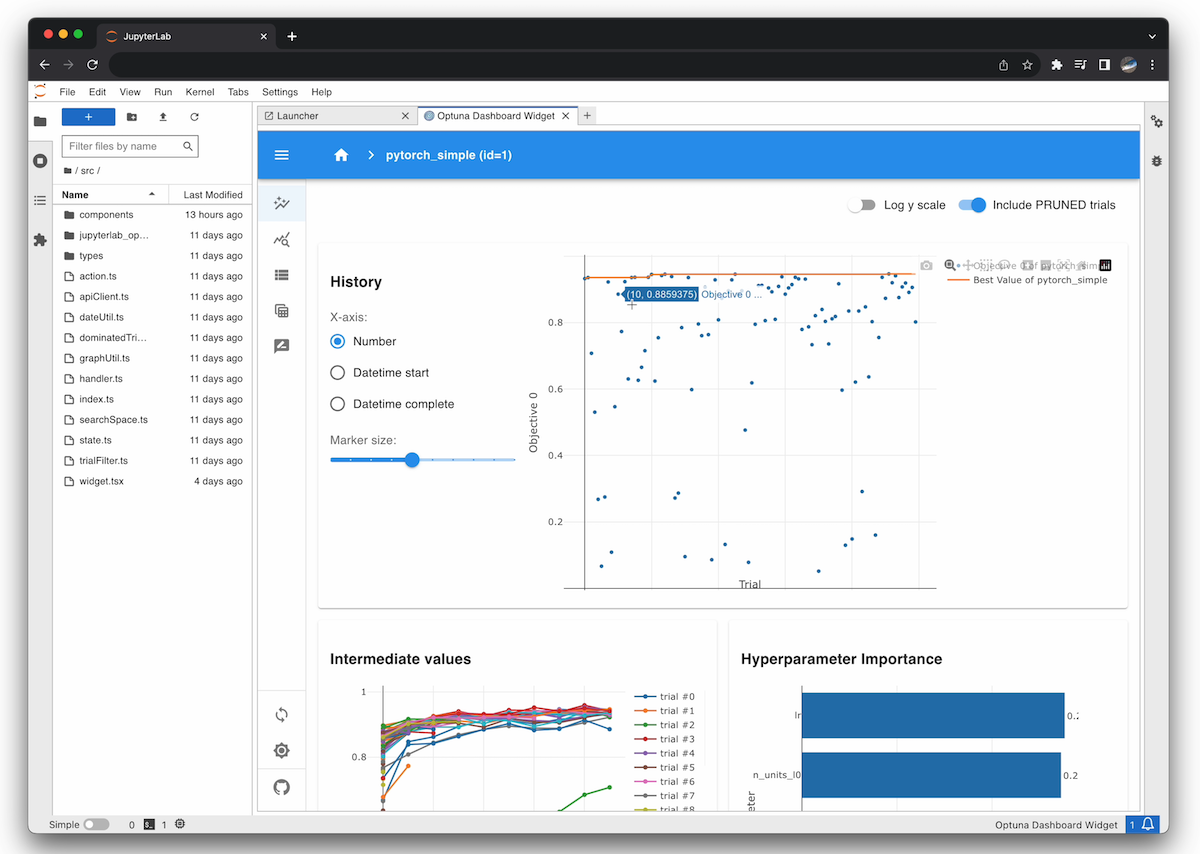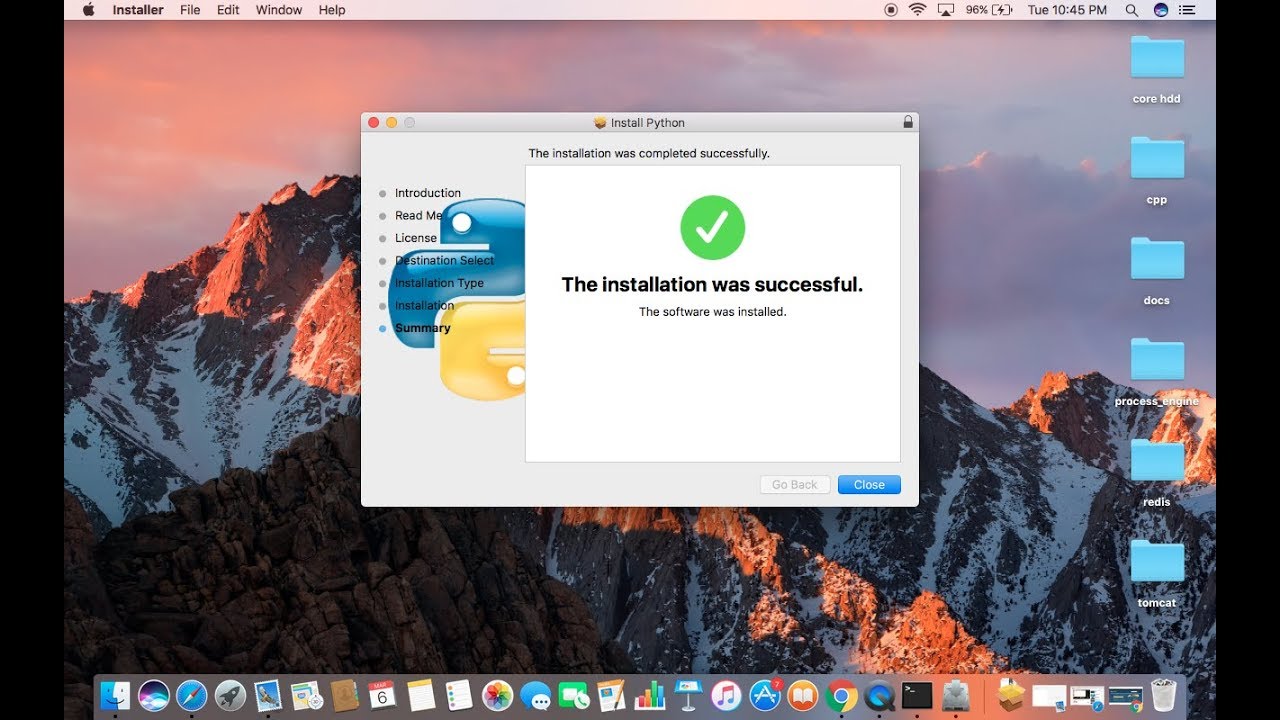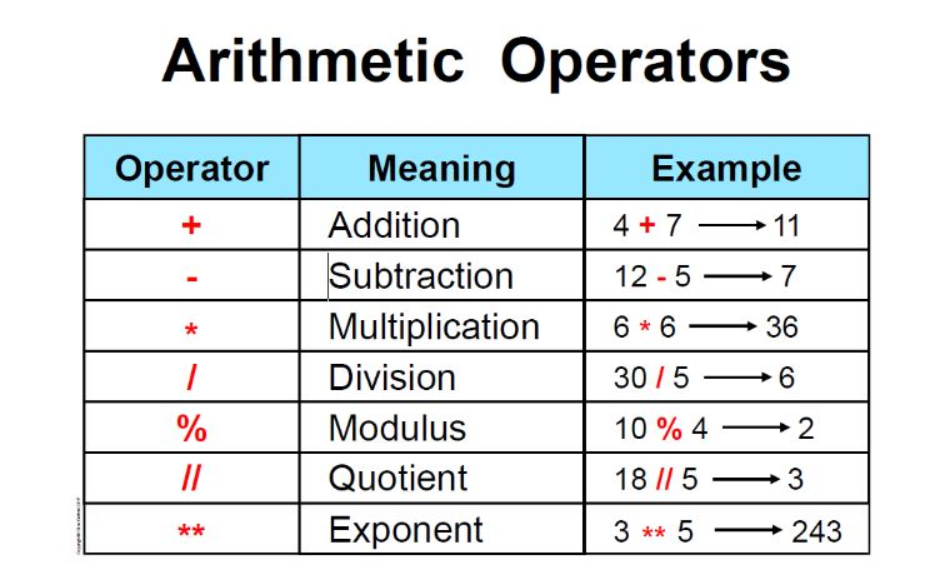What are functions in Python explained simply?
What are functions in Python explained simply?

I'd be happy to explain functions in Python in simple terms!
What is a function?
A function in Python is a block of code that can be called multiple times from different parts of your program. Think of it like a recipe: you write down the steps (the code) once, and then whenever you want to make the dish again, you just follow the same steps.
Why use functions?
Functions are super useful because they help you:
Reuse code: You don't have to rewrite the same block of code multiple times in your program. Just define it once as a function, and call it whenever you need it.

How do you define a function?
To define a function in Python, you use the def keyword followed by the name of your function and parentheses (even if it doesn't take any arguments). For example:
def greet(name):
print(f"Hello, {name}!")
This defines a function called greet that takes one argument, name. The code inside the function (the print statement) will be executed whenever you call the function with a value for name.
How do you call a function?
To use your new function, simply type its name followed by parentheses, like this:
greet("Alice") # Output: Hello, Alice!
You can also pass arguments to the function when you call it. In this case, we're passing the string "Alice" as the value for name.
Functions with multiple statements
If your function needs to do more than one thing, you can use statements indented under the def line. For example:
def calculate_area(width, height):
area = width * height
return area
print(calculate_area(4, 5)) # Output: 20
This function calculates the area of a rectangle by multiplying the width and height, and then returns that value.
Functions with no arguments
Some functions might not need any input (arguments). You can define those using an empty set of parentheses () like this:
def print_hello():
print("Hello!")
print_hello() # Output: Hello!
These functions are great for running some code just once, without needing to pass in values.
That's it! Functions are a powerful tool in Python that can help you write more efficient, organized, and reusable code. I hope this explanation helped you understand them better!
Python function definition pdf
Python Function Definition
A function is a block of code that can be called multiple times from different parts of your program, allowing you to reuse code and reduce duplication. In Python, functions are defined using the def keyword.
Basic Syntax
The basic syntax for defining a function in Python is as follows:
def function_name(parameters): function bodyreturn value
function_name: This is the name given to the function. parameters: These are the inputs that the function takes. In Python, parameters are passed by object reference, which means that they can be modified within the function. return value: The value returned by the function.
Example 1: A Simple Function
Here's an example of a simple function that adds two numbers:
def add_numbers(a, b):return a + b
result = add_numbers(2, 3)
print(result) # Output: 5
In this example, the add_numbers function takes two parameters, a and b, and returns their sum.
Example 2: A Function with Default Values
Here's an example of a function that takes two parameters, but one has a default value:
def greet(name="World"):return f"Hello, {name}!"
print(greet("Alice")) # Output: Hello, Alice!
print(greet()) # Output: Hello, World!
In this example, the greet function takes two parameters, name, which has a default value of "World" if not provided. The function returns a greeting message.
Example 3: A Function with Multiple Return Statements
Here's an example of a function that uses multiple return statements:
def find_max(a, b):if a > b:
return a
elif b > a:
return b
else:
return "Tie!"
print(find_max(3, 4)) # Output: 4
print(find_max(5, 5)) # Output: Tie!
In this example, the find_max function uses if-elif statements to determine which of two numbers is larger. If they are equal, it returns a "Tie!" message.
Best Practices
Here are some best practices for writing Python functions:
Use descriptive names for your functions and variables. Keep your functions short and focused on a single task. Avoid using global variables within your functions. Use docstrings to document your functions. Test your functions thoroughly to ensure they work correctly.Common Pitfalls
Here are some common pitfalls to avoid when writing Python functions:
Using the same variable name for both function parameters and local variables. Not testing your functions thoroughly. Returning values that are not explicitly defined (e.g.,return None instead of return "No value"). Using global variables within your functions.
By following these best practices and avoiding common pitfalls, you can write effective and maintainable Python functions.
